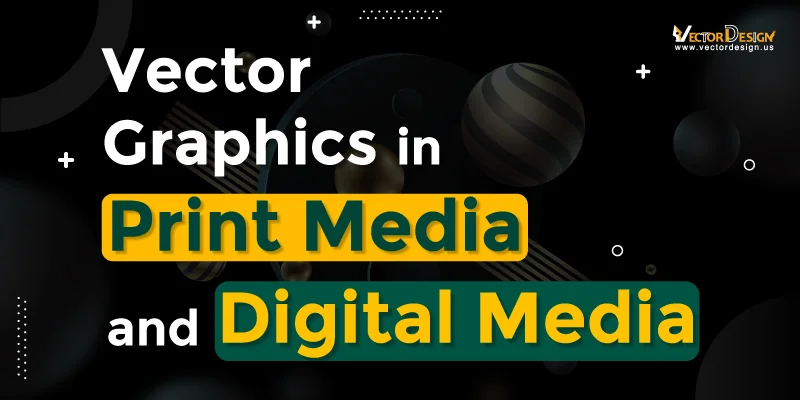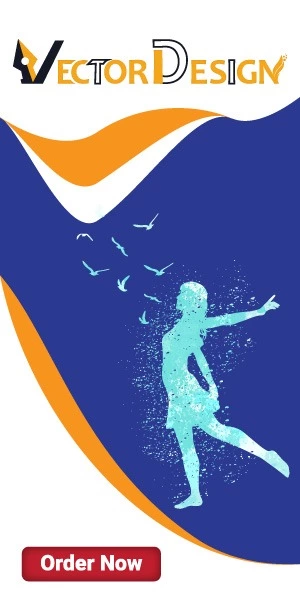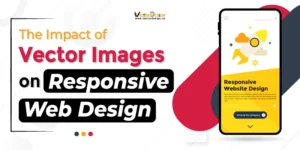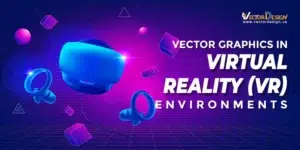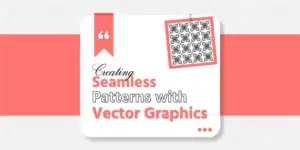Vector graphics are like magic pictures that stay clear and sharp no matter how big or small you make them. Imagine you have a picture and want to use it in different places like on a big poster or a tiny phone screen. That’s where vector graphics come in. Vectorizing an image is the process of converting a raster image (made up of pixels) into a vector format. They’re special because they don’t lose their quality when you make them bigger or smaller.
Now, let’s talk about why these magical graphics matter so much. They are crucially significant in both print and digital media. In print media, vector graphics keep everything looking sharp and professional. Designers love using them because they always look top-notch, no matter how they’re printed. But wait, there’s more! In the digital world, where everything is on screens like computers, tablets, and phones, vector graphics are the superheroes of design. They can change sizes and shapes to fit perfectly on any screen. That’s why websites and apps always look fantastic it’s the magic of vector graphics making everything just right. So, in a nutshell, these special pictures, called vector graphics, make both print and digital things look amazing!
Vector Graphics in Print Media:
In print media, vector graphics are like superheroes for designers. They stay super clear and sharp no matter how big or small you make them. Think of them as the go-to choice for creating awesome brochures, posters, and all things printed. Let’s explore why designers love using vector graphics in the print world.
Resolution Independence:

One of the superpowers of vector graphics is their resolution independence. This means they don’t lose their sharpness when you make them bigger or smaller. Whether it’s a tiny logo or a huge poster, the quality stays top-notch.
Preferred File Formats (EPS, AI):
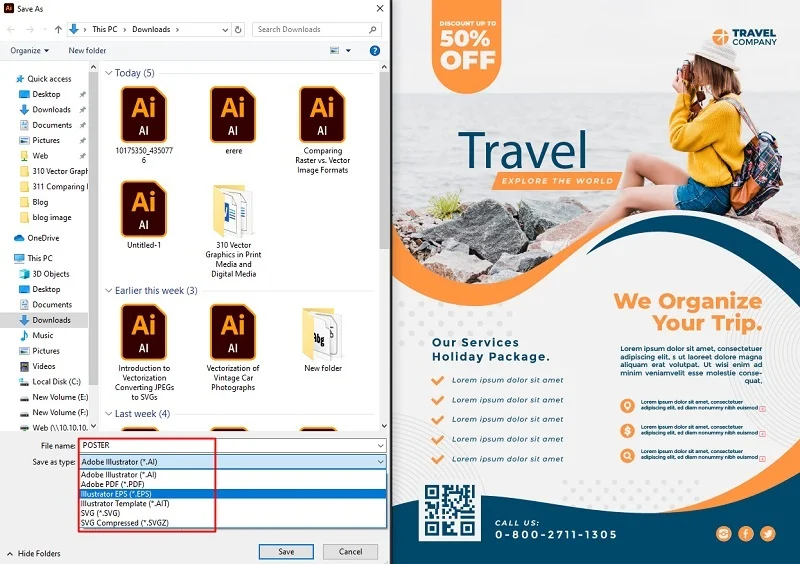
In print media, EPS and AI are like superhero outfits for graphics. EPS is the trusty sidekick, keeping details sharp at any size. AI, created by Adobe, is the superhero headquarters for complex designs. Designers love these formats for making graphics look awesome on posters and brochures. They’re the dream team for ensuring top-notch visuals in the print superhero adventure.
Printing Technology Compatibility:
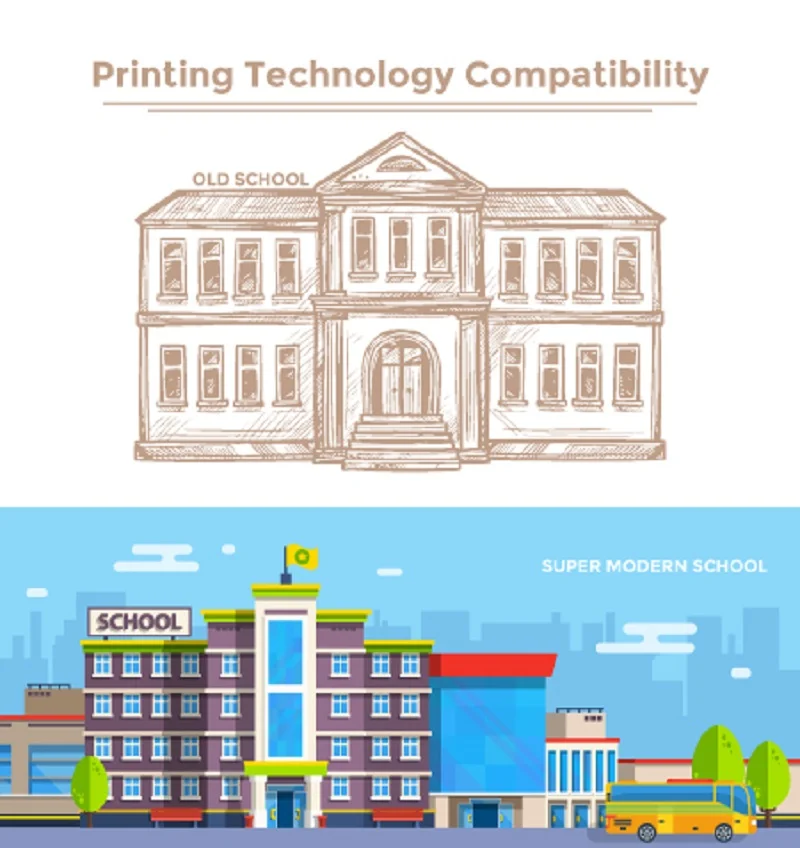
Making our dynamic Graphics come to life on paper is a big deal. Luckily, vector graphics play nice with all kinds of printing machines, whether they’re old-school or super modern. They get along with both the traditional printers and the fancy new ones. This means when it’s time to print, our superhero graphics always look fantastic, no matter what kind of printing magic happens behind the scenes.
Color Considerations (CMYK):

In the print world, colors are superheroes and vector graphics know how to team up with them perfectly. When it comes to printing, our graphics are best friends with CMYK, which stands for Cyan, Magenta, Yellow, and Black. These are the superhero colors that make sure our printed materials look vibrant and true to the designer’s vision. So, in simple terms, vector graphics are like color sidekicks, working with CMYK to bring out the best in our printed adventures.
Precision in Text and Fonts:
Think of vector graphics like defenders for words. In print, where details matter a lot, these graphics make sure every letter and font looks super sharp and cool. It’s a bit like having a superhero buddy who cares about the small stuff, making words stand out whether they’re on a small card or a big poster. So, when it comes to writing things, vector graphics are the superheroes making everything look just perfect!
In a nutshell, think of vector graphics as the champions of the print world. They always stay clear and sharp, making printed materials look fantastic. This guide will delve into why designers rely on these graphic wonders in the world of printing, revealing their magic in making things look amazing on paper.
Vector Graphics in Digital Media:
Now, in the digital world, vector graphics are like magic. They can change sizes and shapes to fit perfectly on all kinds of screens – from big computers to tiny phones. Designers use them to make websites and apps look fantastic. This guide will help you understand why vector graphics are the digital designer’s secret weapon.
Scalability in Responsive Design:
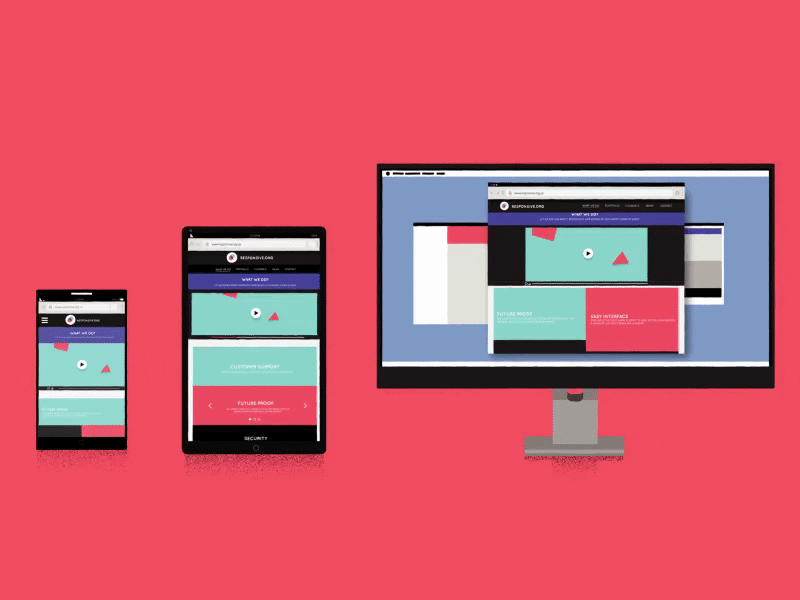
Think of it like magic for your pictures. Scalability means these pictures can change sizes without losing their magic touch. No matter if you’re using a big computer or a small phone, these pictures always adjust perfectly. They make sure websites and apps look just right for everyone.
Common File Format (SVG):
Think of SVG as a shared language for pictures on the internet. It’s a special format that keeps things flexible and light, making it easy for designers to use these pictures in websites and apps. It’s like the digital vocabulary everyone understands!
Interactivity and Animation:
Think of these pictures like playful buddies. They don’t just sit there—they move and have fun! Interactivity and animation make them lively, turning the screen into a cool playground.
Color Considerations (RGB):

Imagine colors having their secret code, and RGB is the code for these pictures. It’s like a magical language that helps these pictures show vibrant and true colors on screens, making everything look bright and fantastic. It’s like a special color recipe for digital magic!
Efficiency in File Size and Load Times:
Think of it as these pictures being smart about their size. They stay small, like a tiny superhero, which makes websites and apps load super fast. It’s like having a quick and efficient helper for a smooth digital experience!
So, in a nutshell, vector graphics in the digital world are like magical tools. They adapt, enchant, and make digital designs come to life, revealing why they are the secret weapon for digital designers conjuring captivating online experiences.
Advantages in Print Media and Digital Media:
In the big world of talking and showing things, vector graphics are like super helpful tools “They are great for both print and digital media, and have an awesome appearance!
You may also read- Exporting Vector Images for Different Media Platforms
In Print Media:
Sharp Pictures: Pictures stay clear and sharp on papers like brochures and posters, no matter how big or small.
Prints Easily: Pictures work well with different printing machines, making it easy to print on various materials.
True Colors: Colors look just right in prints, making pictures in brochures and posters look bright and accurate.
Nice Text: Words in pictures look good and clear, making things like business cards and posters look professional.
Fits Everywhere: Pictures can change size without losing quality, so they fit perfectly on all kinds of printed things.
In Digital Media:
Fits Different Screens: Pictures adjust to different screen sizes, making websites and apps look great on big computers and tiny phones.
Works Everywhere: A special kind of picture format, SVG, is like a superhero language that works well on the internet.
Moves and Plays: Pictures can do fun things like move and play on screens, making websites and apps more interesting.
Bright Colors: Colors look super vibrant on screens, making pictures online look bright and awesome.
Loads Quickly: Pictures are like small superheroes, so websites and apps load super fast, making everything work smoothly online.
In simple words, whether on paper or online, these special pictures are like magic tools for making things look great!
Challenges and Considerations:
Let’s dig into the details of using vector graphics, understanding the challenges and things to think about when using them in print and digital media. We’ll explore what makes them a bit tricky but also how to make them work well in both paper and digital spaces.
In Print Media:
File Size Constraints: Sometimes, even though vector files are usually small, really detailed designs can end up with big file sizes. This can make them harder to store, share, and print efficiently.
Limited Color Range: Printers might not be able to recreate all colors exactly. So, when designing, you have to be aware of the printer’s color limits to get the colors you want.
In Digital Media:
Compatibility Issues: Different computer programs and websites might not all understand the same kind of vector graphics. This can create issues when you’re working with others or trying to use your graphics on different platforms.
Browser Rendering Variability: Not all web browsers show vector graphics the same way. Some might make them look a bit different. So, if you’re designing for the web, you need to check how your graphics look in different web browsers to make sure they’re consistent for everyone.
Use Cases:
In both print and digital media, where we share information on paper and screens, vector graphics are like artistic tools. They make things look nice. In print, they help with brochures and business cards. In the digital world, they’re digital artisans, making websites and app icons look great.
Print Media:
Brochures and Flyers:

Craft eye-catching papers that share details about events, products, or services. Vector graphics ensure these materials look sharp and inviting.
Business Cards:
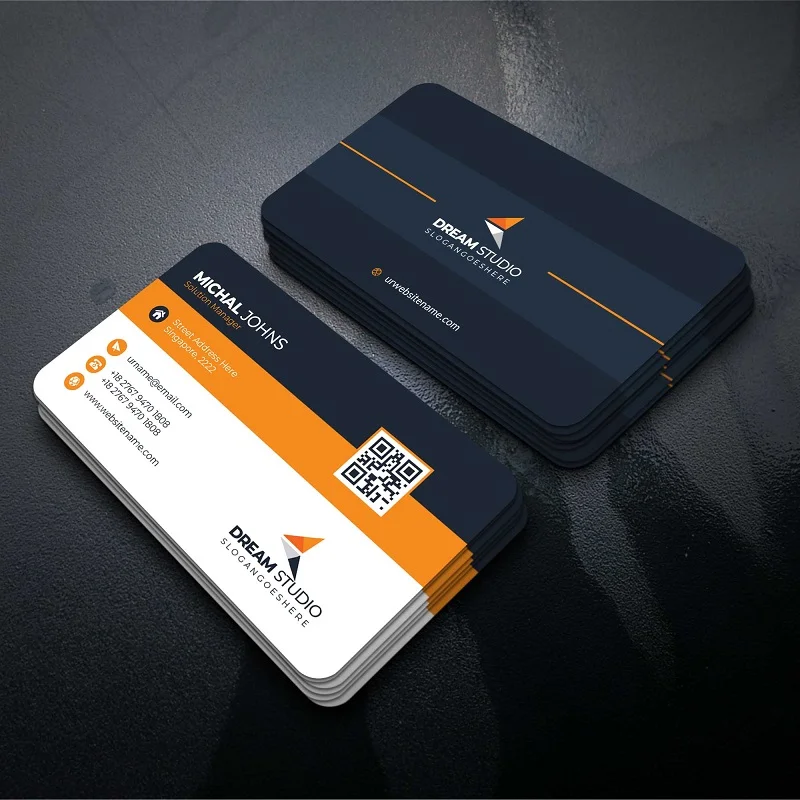
Create small, but important cards with details about a person or a business. Vector graphics bring a professional and polished look to business cards.
Digital Media:
Website Graphics:

Design captivating pictures for websites, making them visually appealing and engaging. Vector graphics adapt seamlessly to different screen sizes for a consistent and attractive online presence.
Mobile App Icons:

Develop small but recognizable pictures for mobile apps, ensuring they stand out on phone screens. Vector graphics play a vital role in creating distinctive and user-friendly app icons.
Conclusion:
So, to sum it up, we talked about special pictures called vector graphics. In print media, they make papers like brochures and business cards look cool. In the digital world, they create amazing pictures for websites and app icons.
Why are these pictures so important? Well, they are like magic tools. They can fit anywhere, stay sharp, and look great—whether on paper or screens. Designers love using them because they act like superheroes in both print and digital media, making everything look just right.
FAQ’s:
What is special about vector graphics in print?
Answer: Vector graphics in print look really clear no matter how big or small, making things like logos and posters sharp and nice.
Why are vector graphics good for websites?
Answer: Vector graphics make websites load fast because they have small file sizes, helping pictures show up quickly.
Can vector graphics have many colors in print?
Answer: Yes, but printers may not make all colors exactly. Designers need to pick colors carefully to get the ones they want.
Are vector graphics only for simple pictures in print?
Answer: No, they can make detailed pictures too. Designers use special tools to make complex designs that still look good when printed.
How do vector graphics fit on different screens for mobile apps?
Answer: Vector graphics work well for mobile app icons because they can adjust to fit any phone screen, making icons look clear and easy to recognize.

